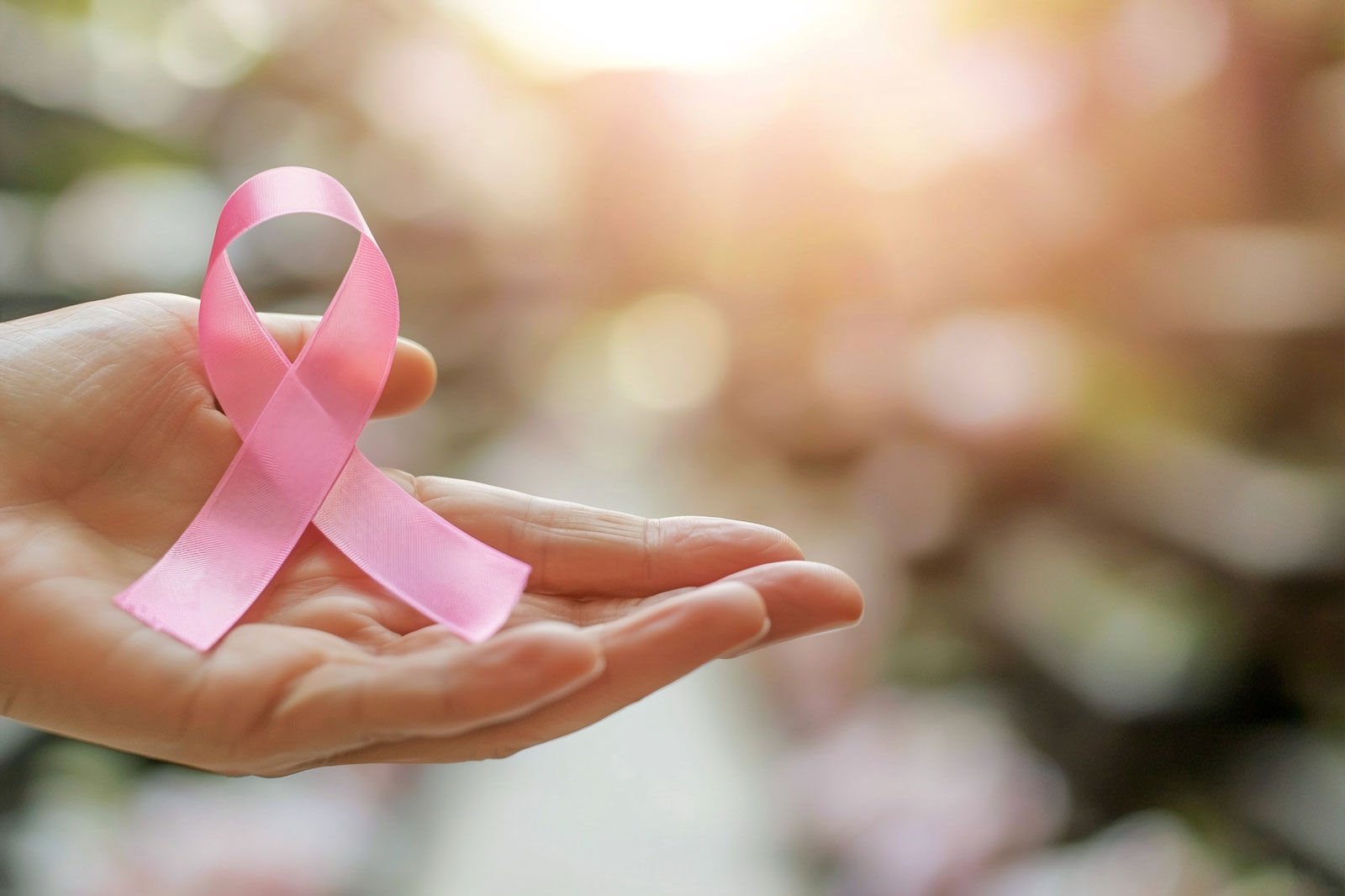

How Long Does It Take To Recover From a Punch-hole Biopsy?
Recovery from a punch-hole biopsy may vary depending on several factors such as underlying health, location, size and depth. In general, most punch-hole biopsy sites heal within 2-3 weeks. Scarring can take weeks to a few months to fade.
In This Guide:
- What Is A Punch-Hole Biopsy?
- How Long Does It Take to Recover From a Punch-Hole Biopsy and What Are The Factors Affect its Recovery?
- Tips For Better Recovery From A Punch-Hole Biopsy
What Is A Punch-Hole Biopsy?
A punch biopsy involves removing a small piece of skin to help diagnose a variety of conditions, including:
Skin Cancer
A skin biopsy or punch biopsy can help treat skin cancer by removing the entire tumour and curing cancer without further treatment. In punch biopsy, a circular tool is used to remove a small section of the skin’s layers.
Skin Conditions
Punch biopsy can help diagnose skin conditions like eczema, psoriasis, warts and actinic keratosis.
Infections
Bacteria or fungal infections of the skin can be diagnosed with punch biopsy.
Your healthcare practitioner can take the help of a punch biopsy to help diagnose certain metabolic or chromosome disorders. A hollow, circular instrument, usually the size of a pencil eraser, can remove a small piece of skin. This tissue is then examined under a microscope or grown in a lab to test for abnormalities.
Local anesthesia can be used to numb the area and after the procedure, the wound will be closed with stitches.
How Long Does It Take to Recover From a Punch-Hole Biopsy and What Are The Factors Affect its Recovery?
A punch biopsy site can take 2-3 weeks to heal but healing time may vary depending on several factors. Understand the factors that can affect your recovery from punch-hole biopsy:
Location
The location of the biopsy can affect the recovery process. If the biopsy is taken from a sensitive area like the face, neck or joints the healing process might take longer. These areas are prone to more movement and can irritate the wound which can lead to slow recovery.
Size Of The Tissue Sample
The size of the tissue sample taken for diagnosing the disease can directly influence recovery time. A larger biopsy sample requires a bigger incision and it eventually disturbs more tissue. More pain, bleeding and a longer healing process can be expected if the area is large.
Smaller biopsies tend to heal faster and create less discomfort. A lower risk of infection is present in small biopsies. Proper care and the right instructions will help you heal effectively.
Health
Your overall health plays an important role in healing. People with diabetes, heart disease or a weak immune system may have a slow recovery. Diabetes can affect blood circulation, which slows down the delivery of nutrients to the wound making the healing process long. Age can also affect the healing process because the older the person, the more time to generate new skin.
Aftercare
Proper aftercare is a key to better recovery. After the procedure, the wound must be cleaned and protected to avoid infection. One must always follow the healthcare provider’s instructions and use prescribed ointments. Keep the area dry and avoid unnecessary movement. Give a proper rest to the treated area and avoid lifting or intense exercising. Visit for regular check-ups so that your healthcare provider ensures better healing.
Tips For Better Recovery From A Punch-Hole Biopsy
Follow these tips to promote better recovery from a punch-hole biopsy:
- Wash the site with soap and water. Apply a thin layer of petroleum jelly or antibiotic ointment as per the healthcare provider’s advice. Cover the area with a bandage and repeat the procedure till the wound is completely healed.
- Avoid bathing, swimming and soaking the biopsy site at least for 7 days.
- A cold compress can be applied to the area for 10-20 minutes at a time for the first 1-2 days.
- If pain relief medications are needed then only take prescribed medicines. Avoid aspirin and non-steroidal anti-inflammatory drugs.
- Avoid stretching the treated area because it can cause bleeding or a larger scar.
- Apply sunscreen for sun protection and step out only if necessary.
- Ask for help if you notice any infection or uncertain changes in the wounded site. Redness, pain, swelling or yellow drainage can be a signal to call a healthcare professional.
These tips will help you get a better recovery from the biopsy. Allow your practitioner to examine the area neatly so that they can detect issues early. Skin biopsy services allow detection of major issues at an early stage so you won’t have to worry about them later.

